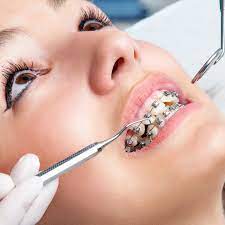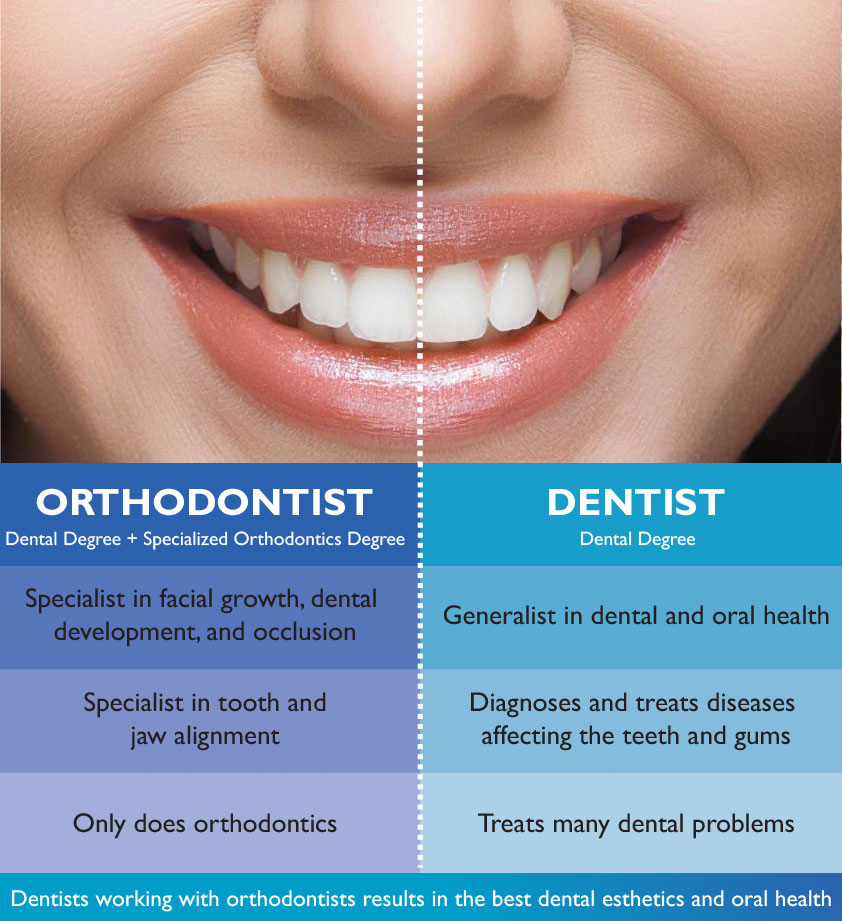Excitement About Causey Orthodontics
Table of ContentsNot known Facts About Causey OrthodonticsCausey Orthodontics Things To Know Before You BuyThe Best Guide To Causey OrthodonticsThe Causey Orthodontics IdeasWhat Does Causey Orthodontics Do?
Overlooking occlusal partnerships, it was normal to remove teeth for a variety of oral problems, such as malalignment or overcrowding. The principle of an intact dentition was not extensively appreciated in those days, making bite relationships seem unimportant. In the late 1800s, the principle of occlusion was vital for producing trustworthy prosthetic replacement teeth.As these principles of prosthetic occlusion proceeded, it became a very useful tool for dentistry. It was in 1890 that the job and influence of Dr. Edwards H. Angle began to be felt, with his payment to modern-day orthodontics especially notable. At first focused on prosthodontics, he educated in Pennsylvania and Minnesota prior to guiding his interest towards oral occlusion and the therapies required to preserve it as a typical problem, thus coming to be called the "dad of modern orthodontics".

The principle of suitable occlusion, as proposed by Angle and incorporated right into a classification system, made it possible for a change in the direction of dealing with malocclusion, which is any variance from typical occlusion. Having a complete collection of teeth on both arcs was highly demanded in orthodontic therapy because of the need for precise partnerships between them.
An Unbiased View of Causey Orthodontics
As occlusion ended up being the key priority, facial percentages and looks were ignored - family orthodontics. To attain excellent occlusals without making use of exterior forces, Angle postulated that having best occlusion was the most effective method to obtain optimal face aesthetic appeals. With the passing of time, it ended up being rather obvious that even an exceptional occlusion was not suitable when thought about from an aesthetic viewpoint
Charles Tweed in America and Raymond Begg in Australia (who both examined under Angle) re-introduced dentistry removal into orthodontics throughout the 1940s and 1950s so they could enhance face esthetics while likewise making certain far better stability concerning occlusal partnerships. In the postwar duration, cephalometric radiography started to be used by orthodontists for measuring adjustments in tooth and jaw setting triggered by growth and therapy. It became apparent that orthodontic treatment can adjust mandibular development, leading to the development of practical jaw orthopedics in Europe and extraoral force steps in the United States. These days, both practical devices and extraoral gadgets are used around the world with the objective of changing growth patterns and types. Going after real, or at the very least improved, jaw relationships had come to be the main goal of treatment by the mid-20th century.
Some Known Incorrect Statements About Causey Orthodontics
 Until the mid-1970s, dental braces were made by covering steel around each tooth. http://localbrowsed.com/directory/listingdisplay.aspx?lid=67795., it became possible to rather bond steel braces to the teeth.
Until the mid-1970s, dental braces were made by covering steel around each tooth. http://localbrowsed.com/directory/listingdisplay.aspx?lid=67795., it became possible to rather bond steel braces to the teeth.This has had significant effects on orthodontic therapies that are carried out frequently, and these are: 1. Correct interarchal connections 2. Proper crown angulation (pointer) 3.
The advantage of the design depends on its brace and archwire combination, which requires only minimal wire bending from the orthodontist or clinician (emergency orthodontist near me). It's appropriately named after this function: the angle of the port and thickness of the bracket base eventually identify where each tooth is situated with little requirement for added manipulation
Getting My Causey Orthodontics To Work
Both of these systems used similar brackets for each and every tooth and required the flexing of an archwire in three planes for situating teeth in their wanted positions, with these bends determining best placements. When it involves orthodontic devices, they are split into 2 types: detachable and taken care of. Detachable devices can be taken on and off by the individual as needed.

Thus, virtually all modern set appliances can be considered variations on this edgewise appliance system. Early 20th-century orthodontist Edward Angle made a major payment to the globe of dental care. He produced 4 distinctive appliance systems that have actually been made use of as the basis for numerous orthodontic therapies today, barring a couple of exemptions.
Causey Orthodontics Things To Know Before You Buy

The cord ended in a thread, and to relocate it ahead, an adjustable nut was made use of, which permitted a boost in circumference. By ligation, each specific tooth was connected to this extensive archwire (Causey Orthodontics). Due to its restricted variety of movement, Angle was incapable to accomplish accurate tooth placing with an E-arch
These tubes held a firm pin, which might be rearranged at each consultation in order to relocate them in place. Called the "bone-growing home appliance", this contraption was thought to encourage much healthier bone growth as a result of its potential for moving force directly to the roots. Nonetheless, applying it confirmed troublesome actually.
Comments on “A Biased View of Causey Orthodontics”